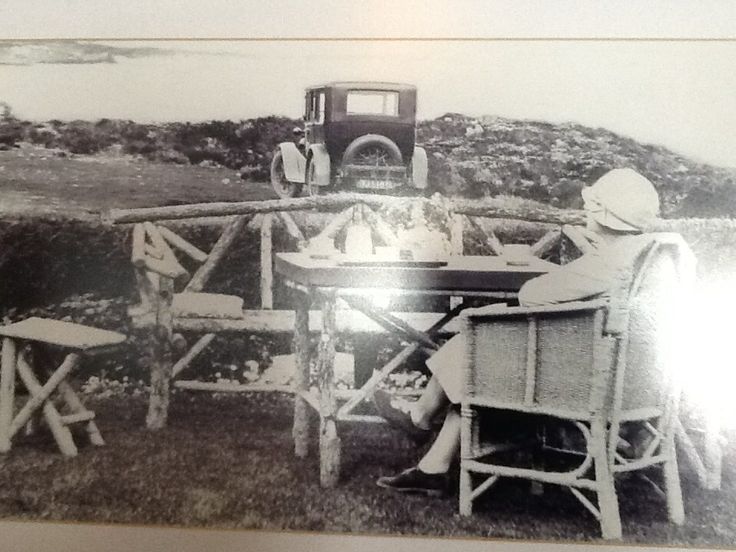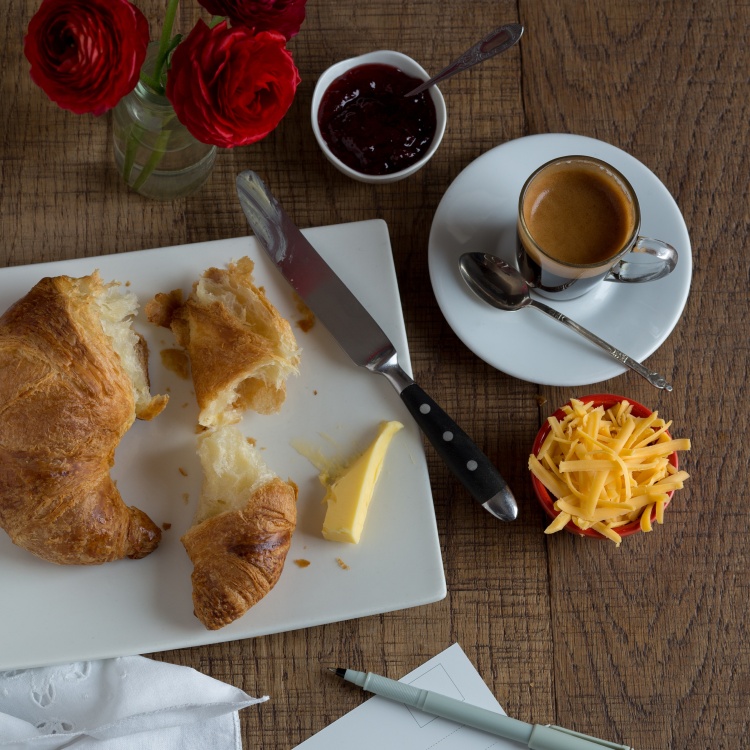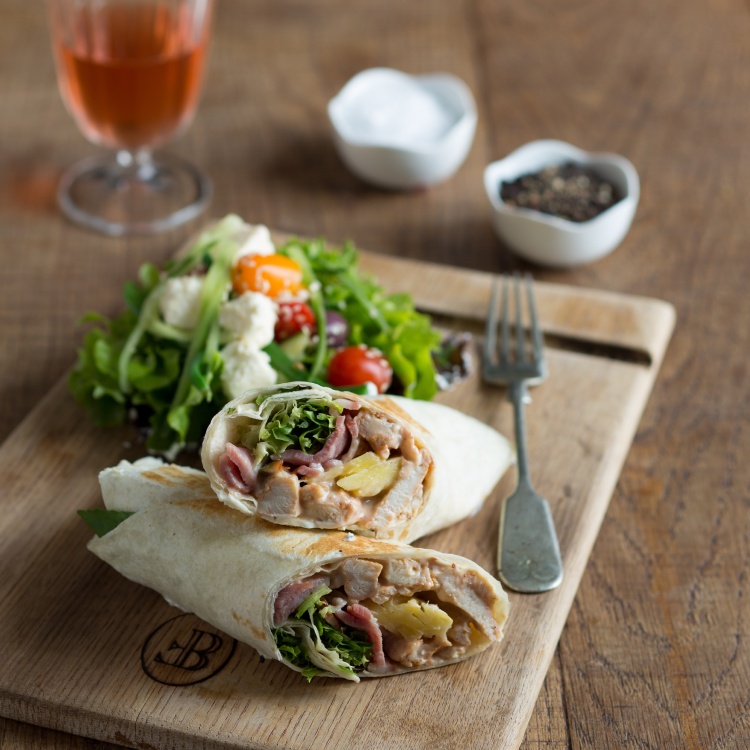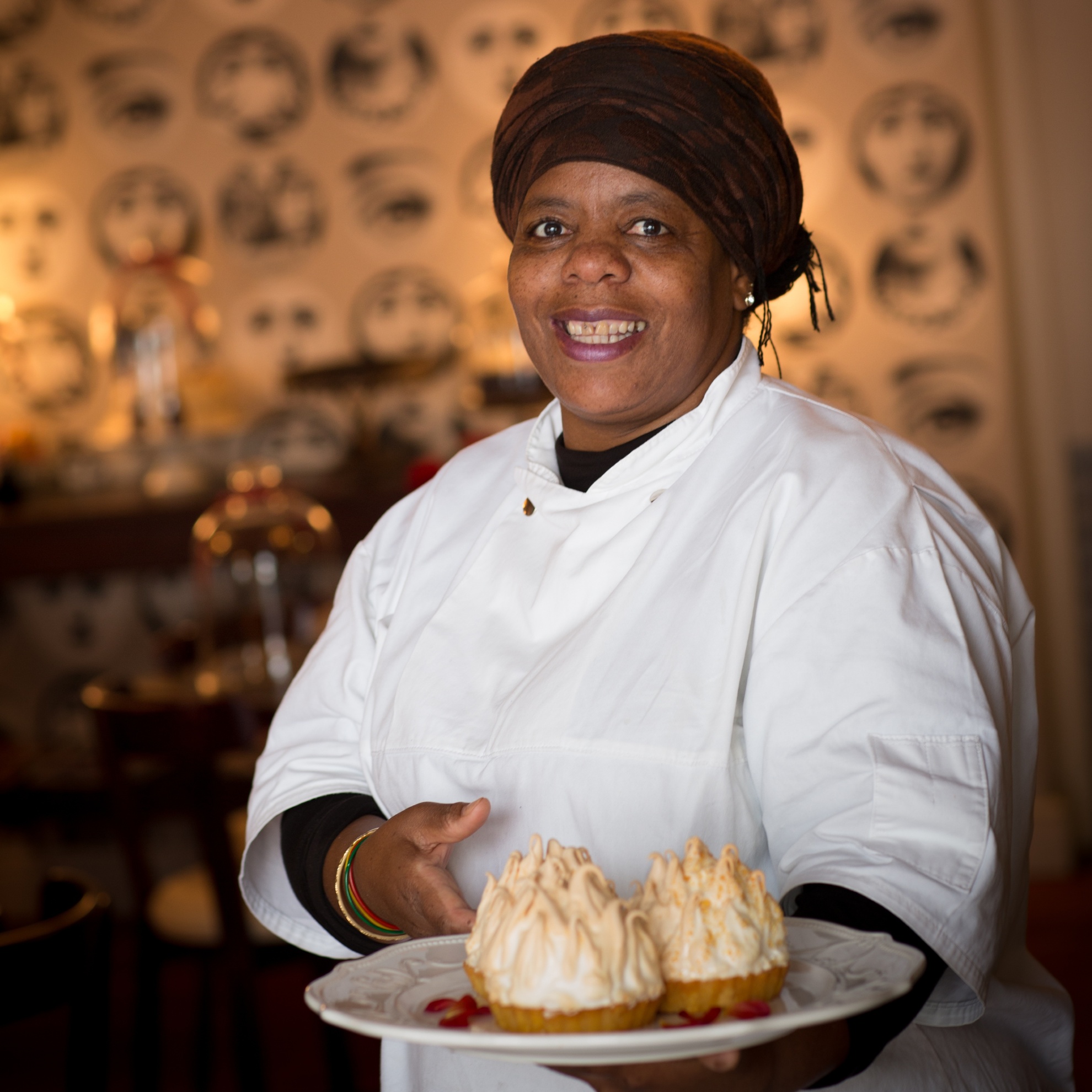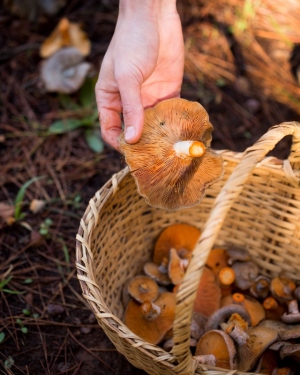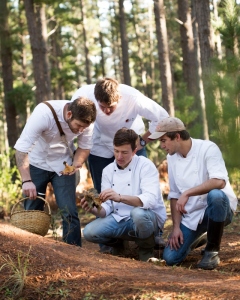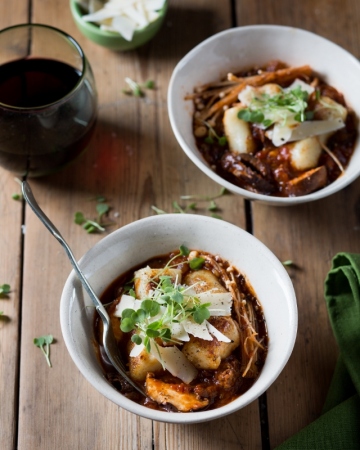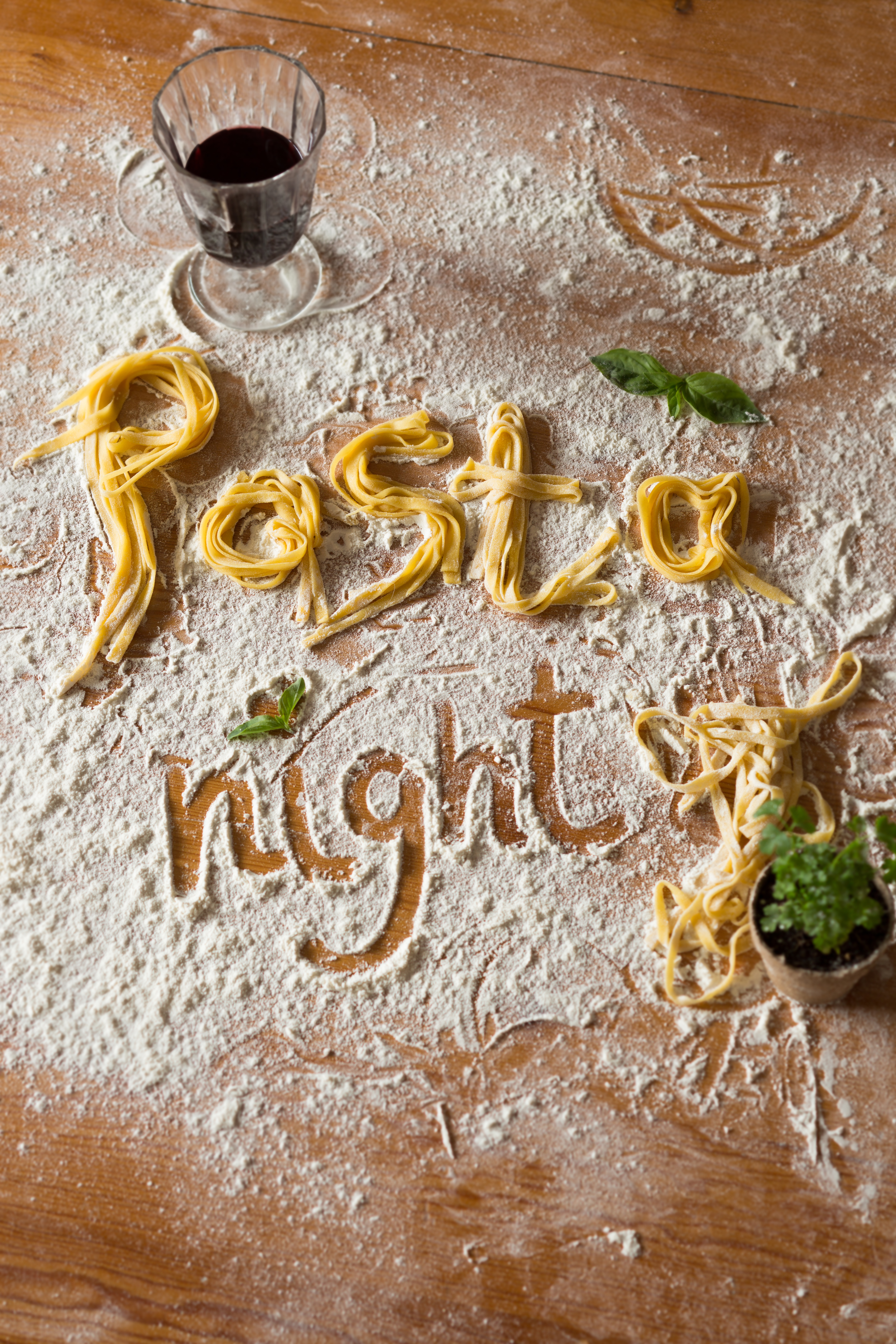–
–
–
–
–
–
–
–
–
–
Chatting happily on our way to Abagold we were not quite prepared for how blown away we would be when we get back into the car. I always thought Abalone was very simple creatures but I couldn’t be more wrong! Greeted by rows and rows of tanks when you enter the gates at Abagold you can’t help but too look back in awe.

Our tour guide, Anzél du Plessis, explained that the “tour” is located only in one room at the beginning of the farm because no unauthorised personal are allowed on the farm itself. They are also HACCP approved so all the staff wears appropriate clothing and needs to wash and rinse their boots and hands when entering the farm to prevent contamination.
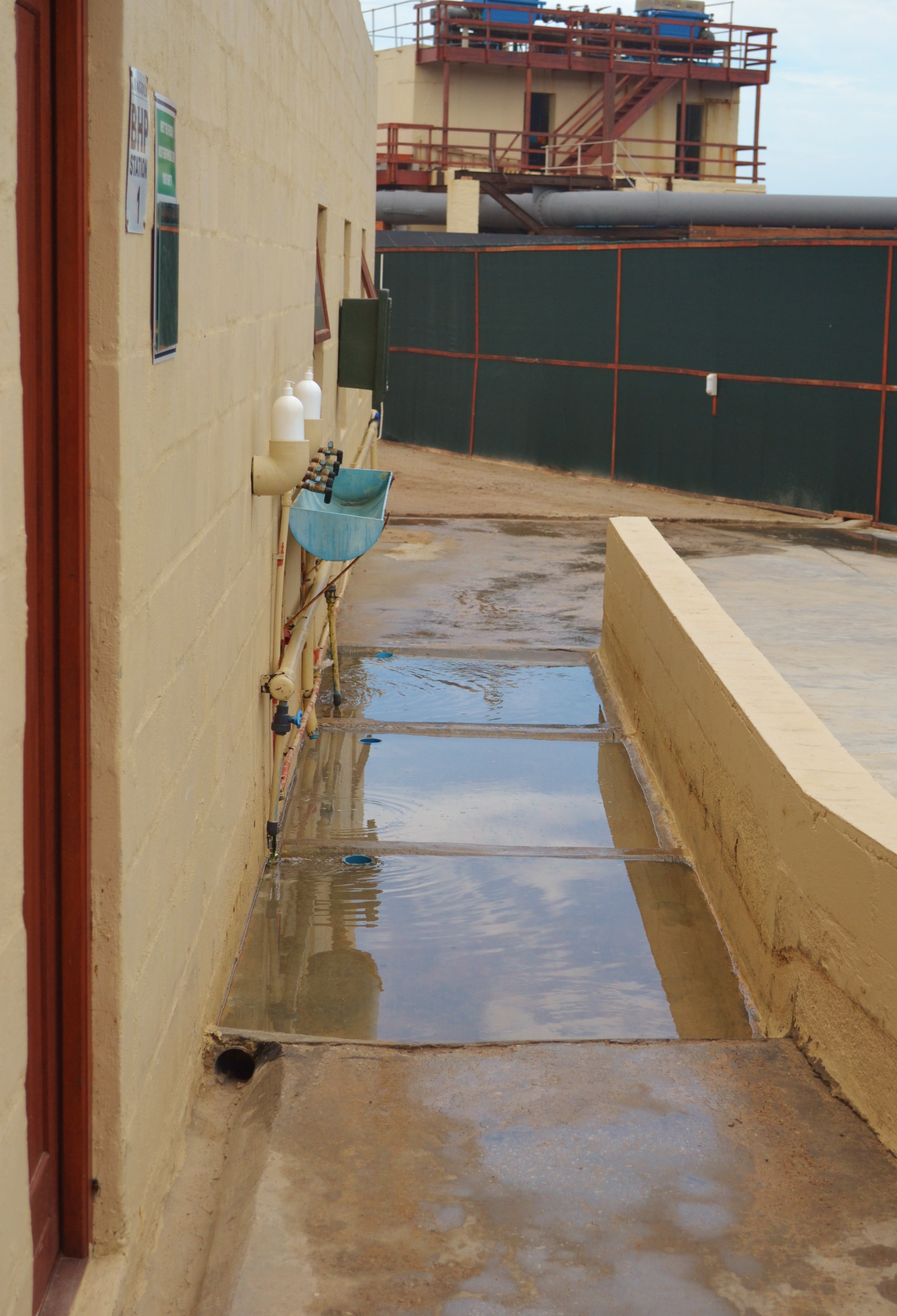
History:
It all started a while back when Abalone was still readily available but Dr. Pierre Hugo, a veterinarian at that stage, realised that it won’t be so freely available for much longer. In 1984 he started researching the cultivation of abalone in captivity. The breeding started in the Old Harbour in Hermanus where in 1991 a pilot hatchery was set up. They received a permit in 1994 to cultivate, harvest and sell abalone. (It’s a felony in South-Africa if you are found with a life Abalone in your possession.) In the same year 500 000 abalone larvae were released into the Old Harbour for re-seeding.

In 1995 the business was incorporated into Hermanus Abalone (Pty) Ltd where in 2002 R35m was raised through share issue and bank loans to finance the purchase and construction of Bergsig abalone farm. By 1998 they had grown so much that they moved to the Sea View abalone farm with a 60 tonne per annum capacity in the New Harbour. In 2003 the first 1000 tanks were placed on Bergsig and the company changed its name from Hermanus Abalone (Pty) Ltd to Abagold (Pty)Ltd. From 2004 to 2008 the staff grew from a staggering 120 people to 240 becoming the second largest entity after the municipality to employ people in Hermanus. They also believe in uplifting the community so they encourage and train their staff to work harder for higher positions within the company itself.
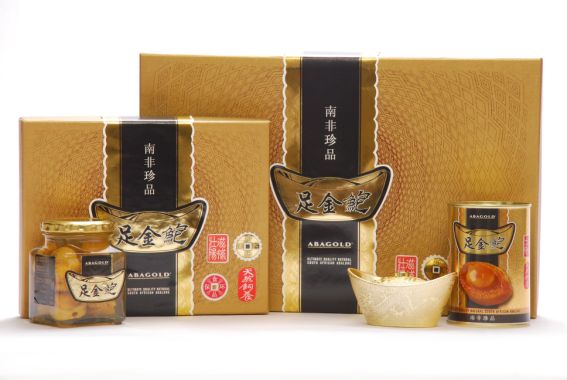
Abagold unveiled an alternative energy plan in 2012 using “Wave Energy Converter design” which would lower their electricity bill considerably as well as reduce their carbon footprint. They had a record growth in 2013; 29% higher than that of 2012. Abagold also won the inaugural South African Premier Business Award for Exporter of the year as well as Cape Chamber of Commerce Innovation Award.
The reason I added all this extra information is just to brag a little with them and to show what an amazing company it is.
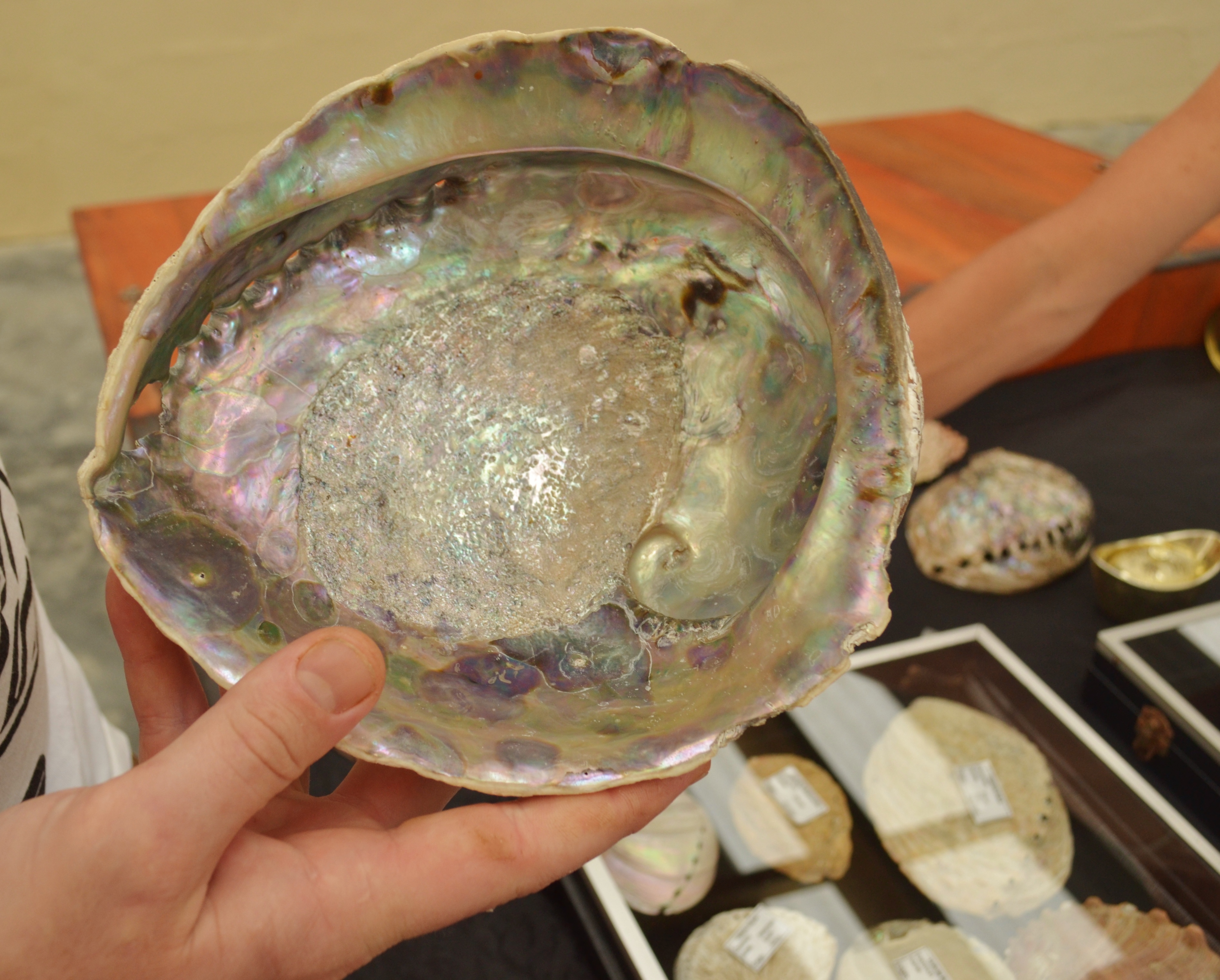
FUN FACT: Abalone can grow as old as humans. This shell is 45 years old!
Production:

The tour started with a look at the different sites on the farm, where exactly everything is based and how the breeding processes work. Abalone usually spawns during spring when there is more oxygen in the water. They are not asexual and therefor need a male and female partner to breed with. A female Abalone has a grey sex organ

The dark grey area on the right-hand side is their reproduction organ. As you can see it is a grey colour indicating that it's a female Abalone.
where males have creamier ones. The partners are left in tanks filled with extra oxygen until they spray out their eggs or sperm (the blow holes are located in their shell)
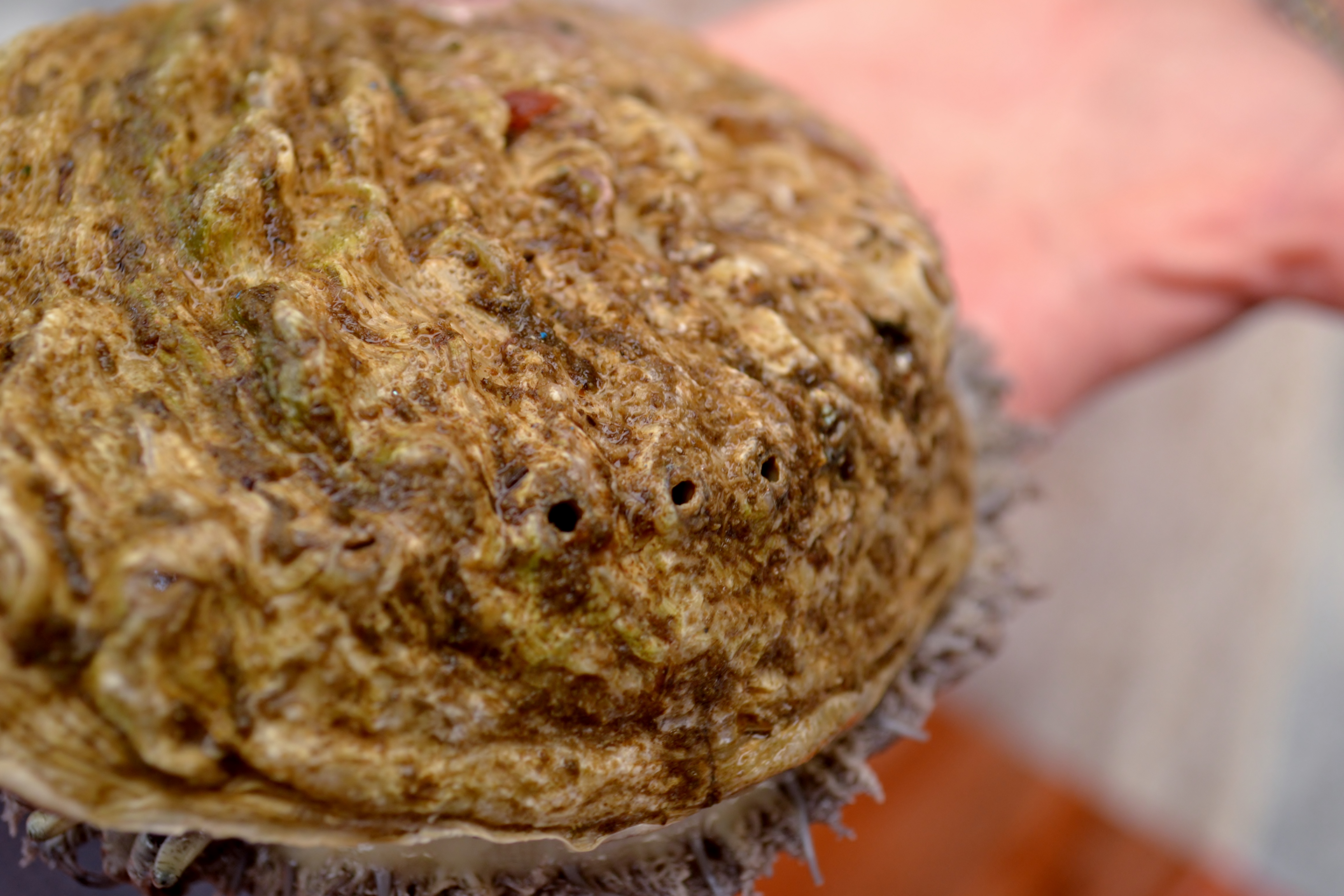
The blow holes are located on the top-side of the shell
It is then collected and placed together in tanks filled with plastic sheets with algae on them. 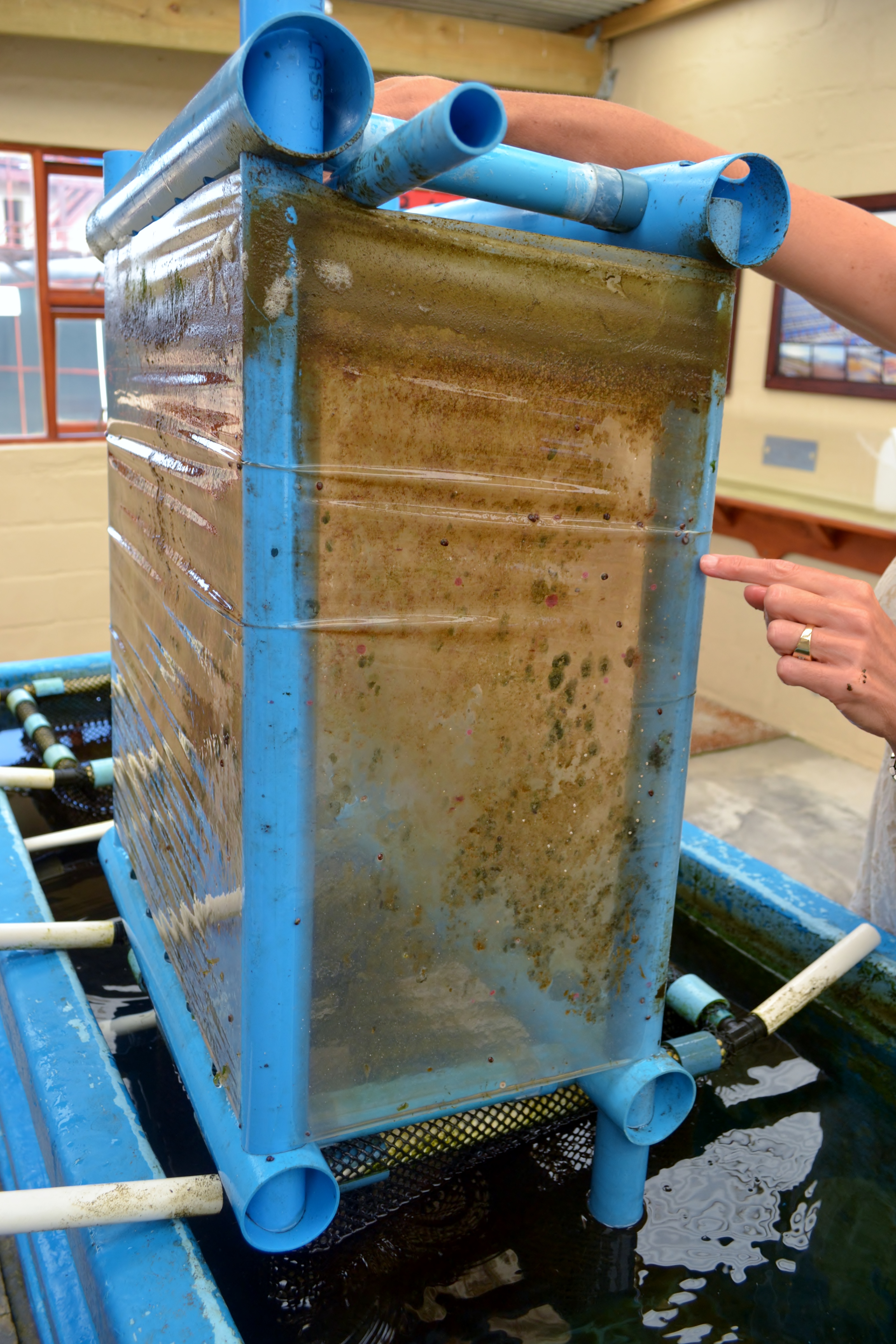

When looking closely you can see the baby Abalone on the plastic sheet covered in algae.
Fresh filtered sea water circulates through the tank every hour to ensure the perfect living conditions.
Live spawning video:
After 3 months their eyes become light sensitive and they tend to move from the shallow rock pools (in nature) deeper into the sea where it’s a lot darker.
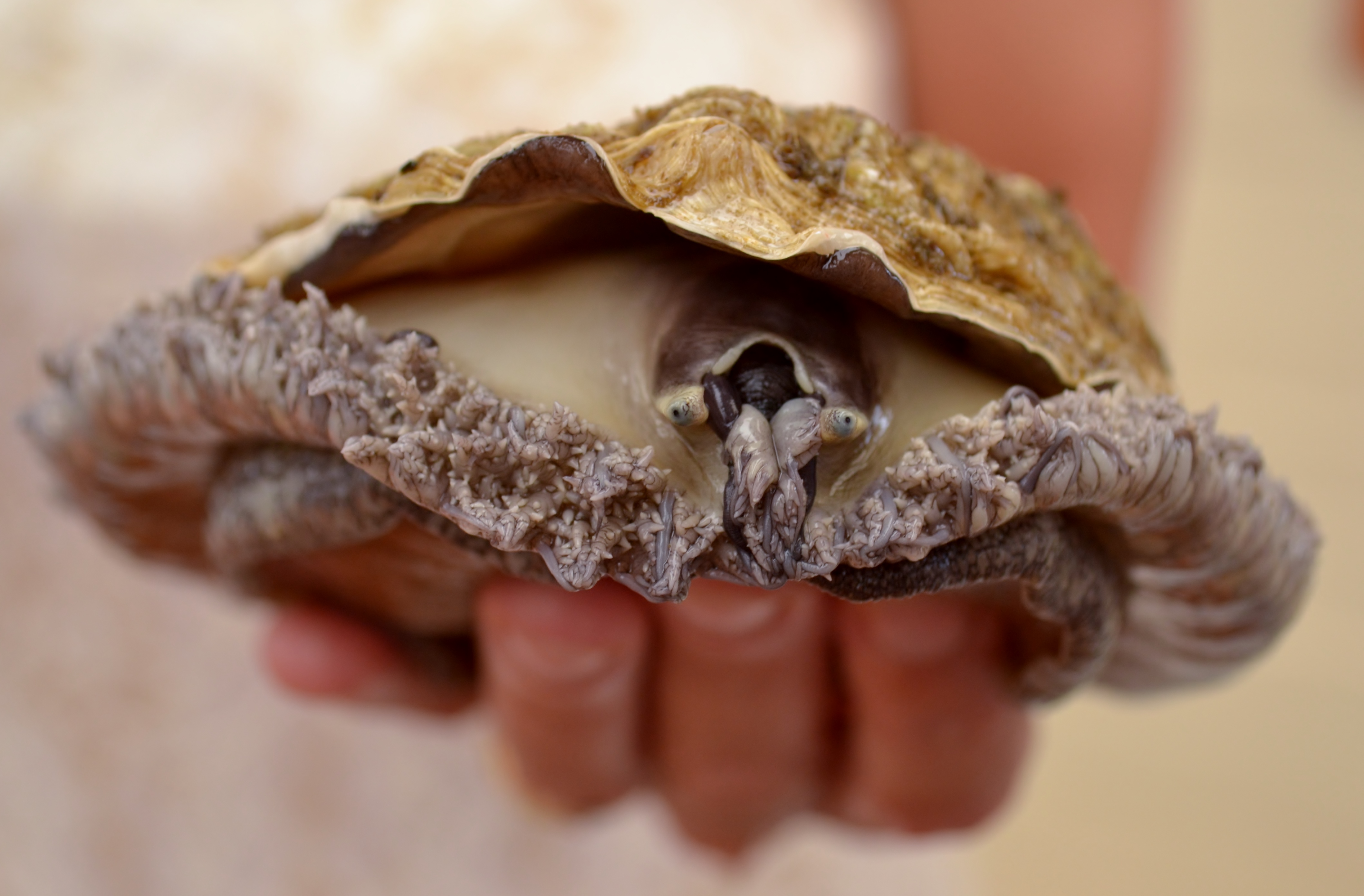
An extra “salt solution” is added that sedates the baby Abalone so they can be moved. The solution is added as it is impossible to move each Abalone by hand because (a.) there are too many of them and (b.) their shells are too soft to touch. Abalone also gets anxious very quickly and if the anxiety overwhelms them they tend to die quite quickly.
The Abalone in placed in dark cones and left for another 6 months, they are then moved to larger tanks for the remainder of their lives.
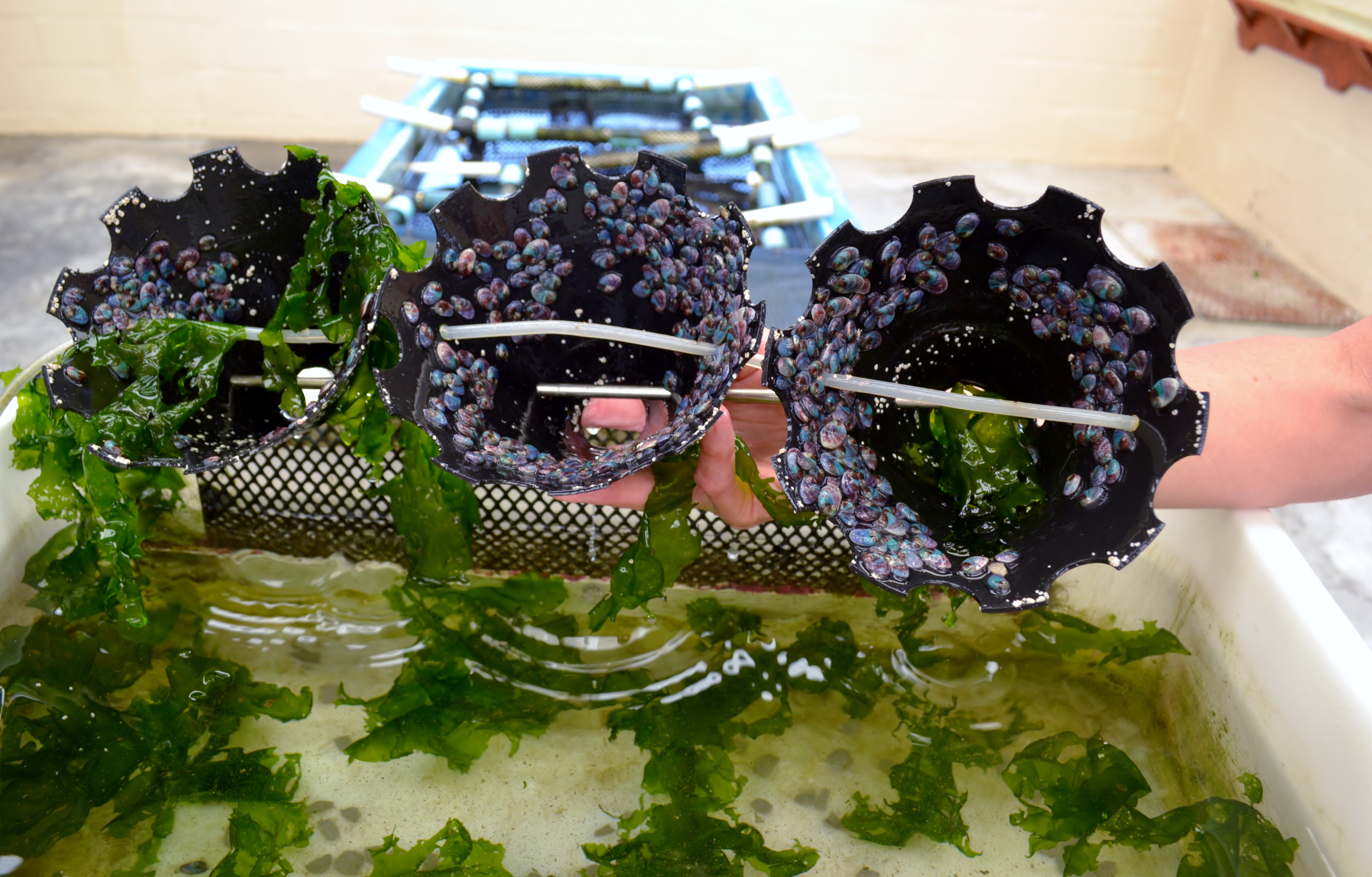

The cone is made in such a way that it resembles their natural habitat.
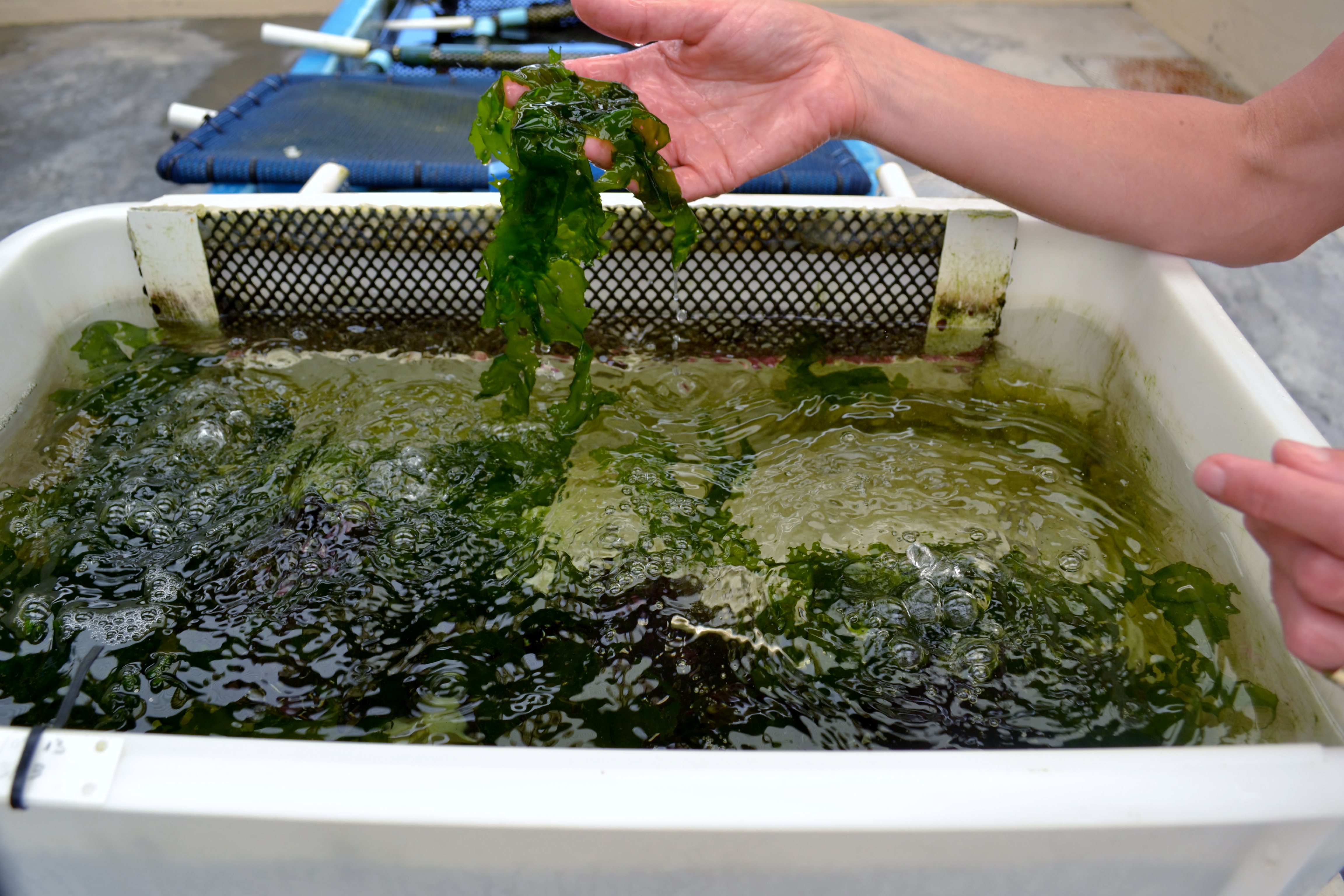
Abalones are herbivores and live on kelp, alva and organic artificial feed (produced solely by Abagold). They have “graters” located in their mouths with which they grate the seaweed to consume it. Abagold uses about 6-9 tons of kelp per week to feed the Abalone, the task of gathering the seaweed is outsourced to locals who harvest the kelp in kelp forests.
FUN FACT: Kelp can grow up to a meter a day and by harvesting it regularly it stimulates the growth.
The larger tanks are filled with what looks like trays that they slide into the tanks.
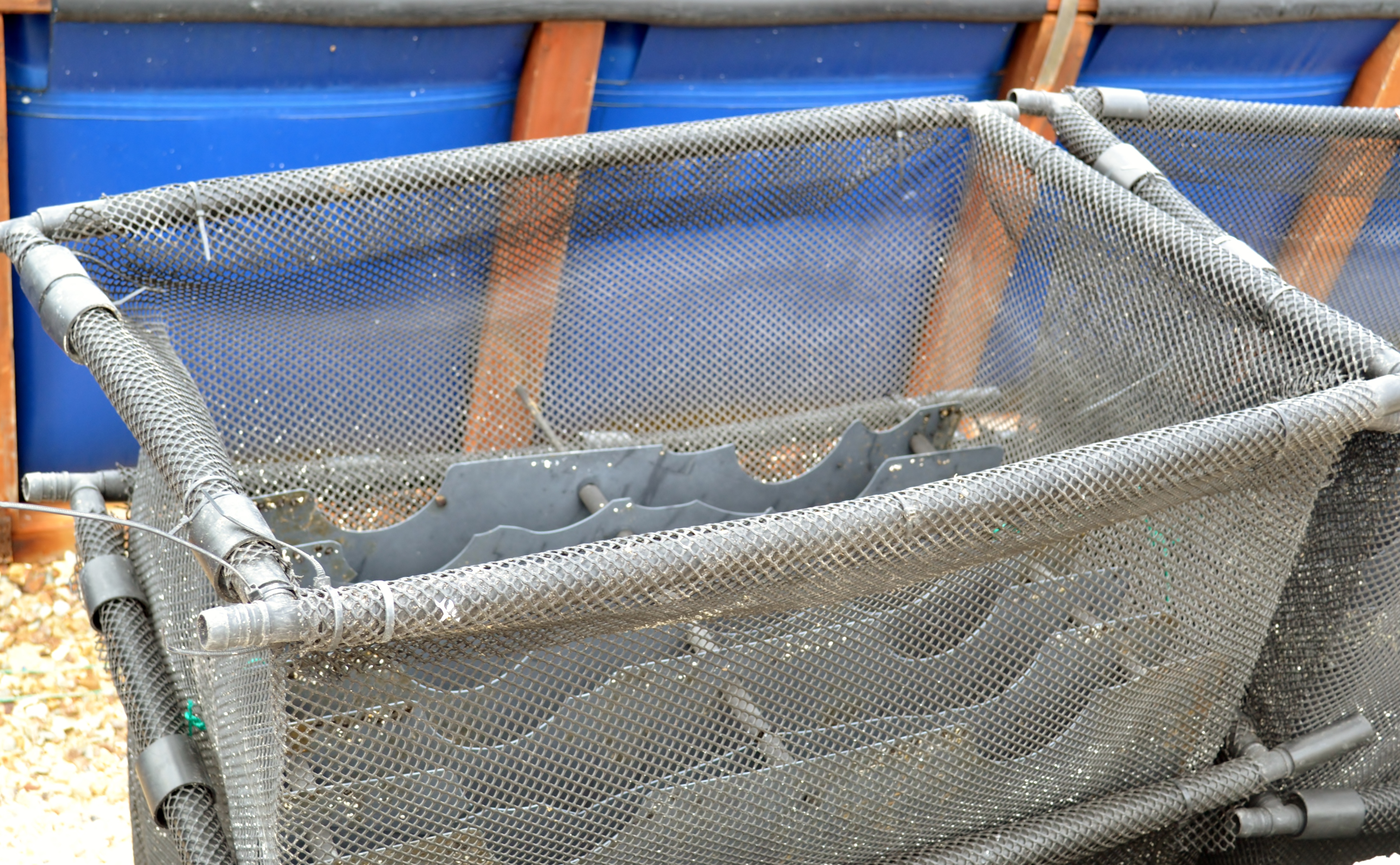
The tanks are built into rows and each row has a team and supervisor responsible for feeding them, taking care of them and making sure that they do not cross-contaminate.
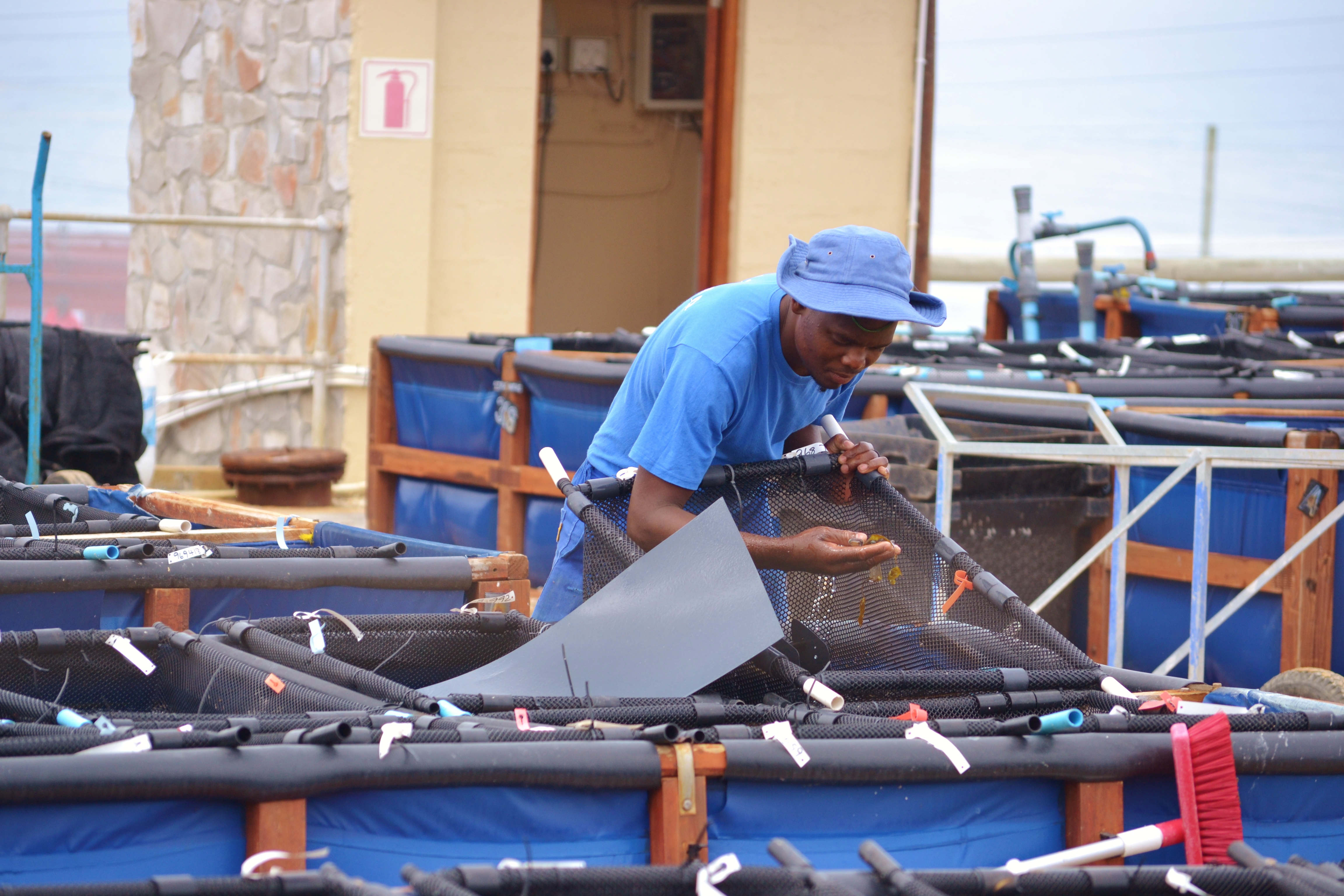

They are harvested at 5 years old where they are then sorted by size and weight and either tinned, dried or packed to be exported.
A list goes out every day to notify staff which tanks are ready for harvesting.
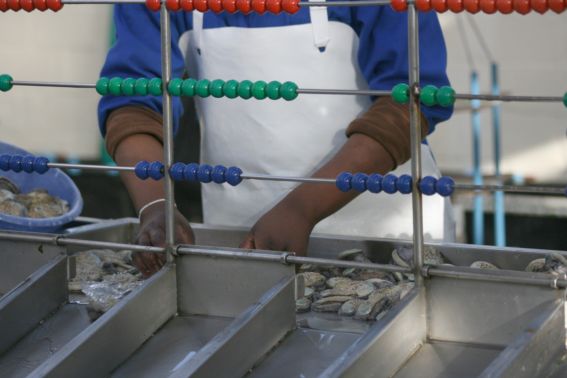
The tanks are then brought into the factory where the Abalone is shucked, cleaned and weighed. They are then salted and then rinsed in machines that resemble dryers or cement mixers. The eyes and mouths are removed and then go for a final washing process. The clean Abalone is blanched for a few minutes (no more than 5) at 80°C, if the temperature is too hot the Abalone will become tough. As soon as the Abalone is cooked for the first time they plump up to a beautiful shape showing off all their sexiness.
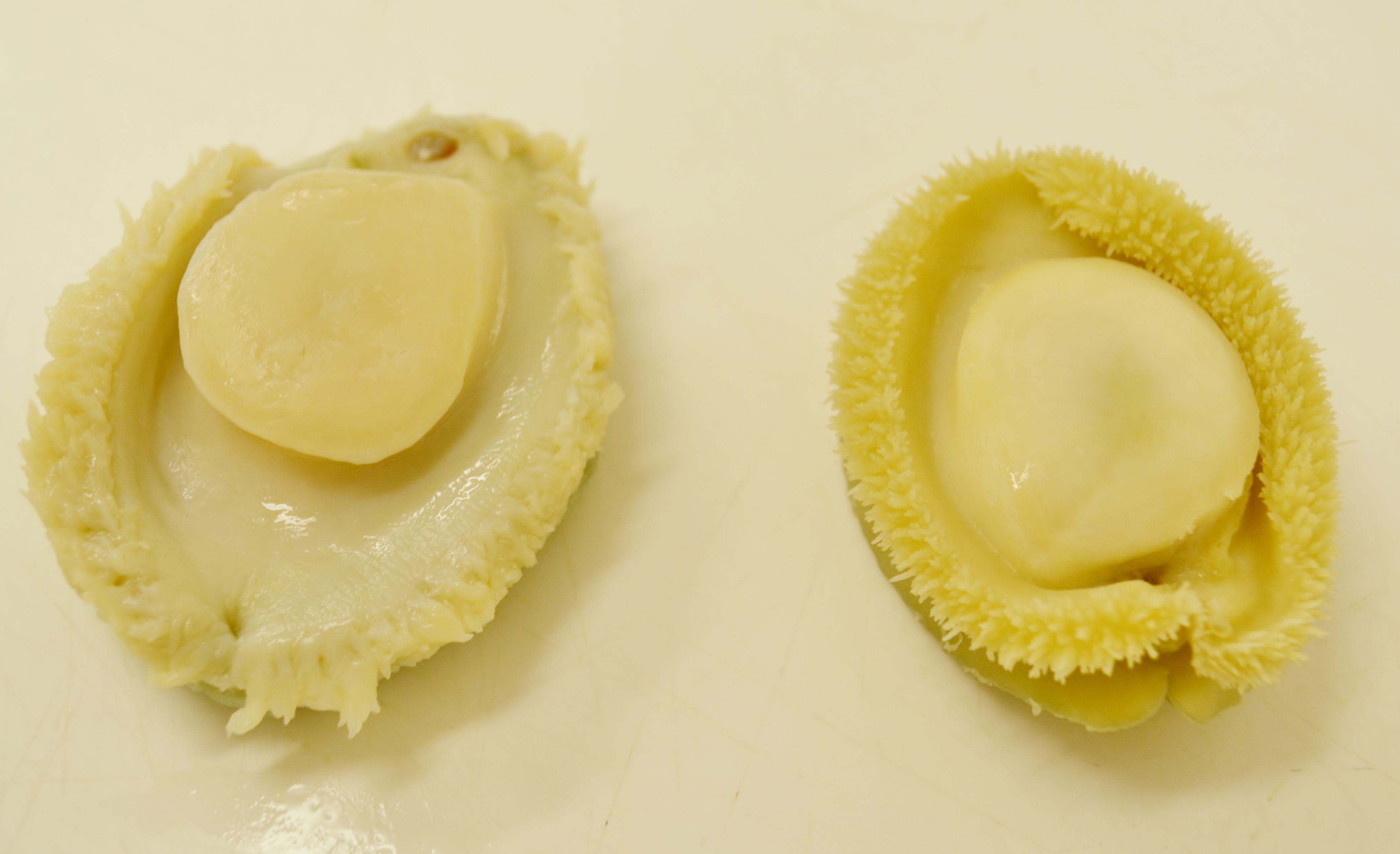
They are then sorted again into weight and place into tins. The tins go through a final cooking process before being labelled.
Grading and Quality:
Abalone is graded by looking at the colour and weight. The creamier the colour and the bigger the size of the Abalone the higher the grade and the more expensive it is. In China it is seen as a very high commodity and is usually bought as a sign of wealth or given as a gift to show honour and respect in the wealthier communities. It was always illegal to sell fresh Abalone but it can be exported fresh with the right documentation and permits.
FUN FACT: The inside of the Abalone shell depends on the type of food they eat.
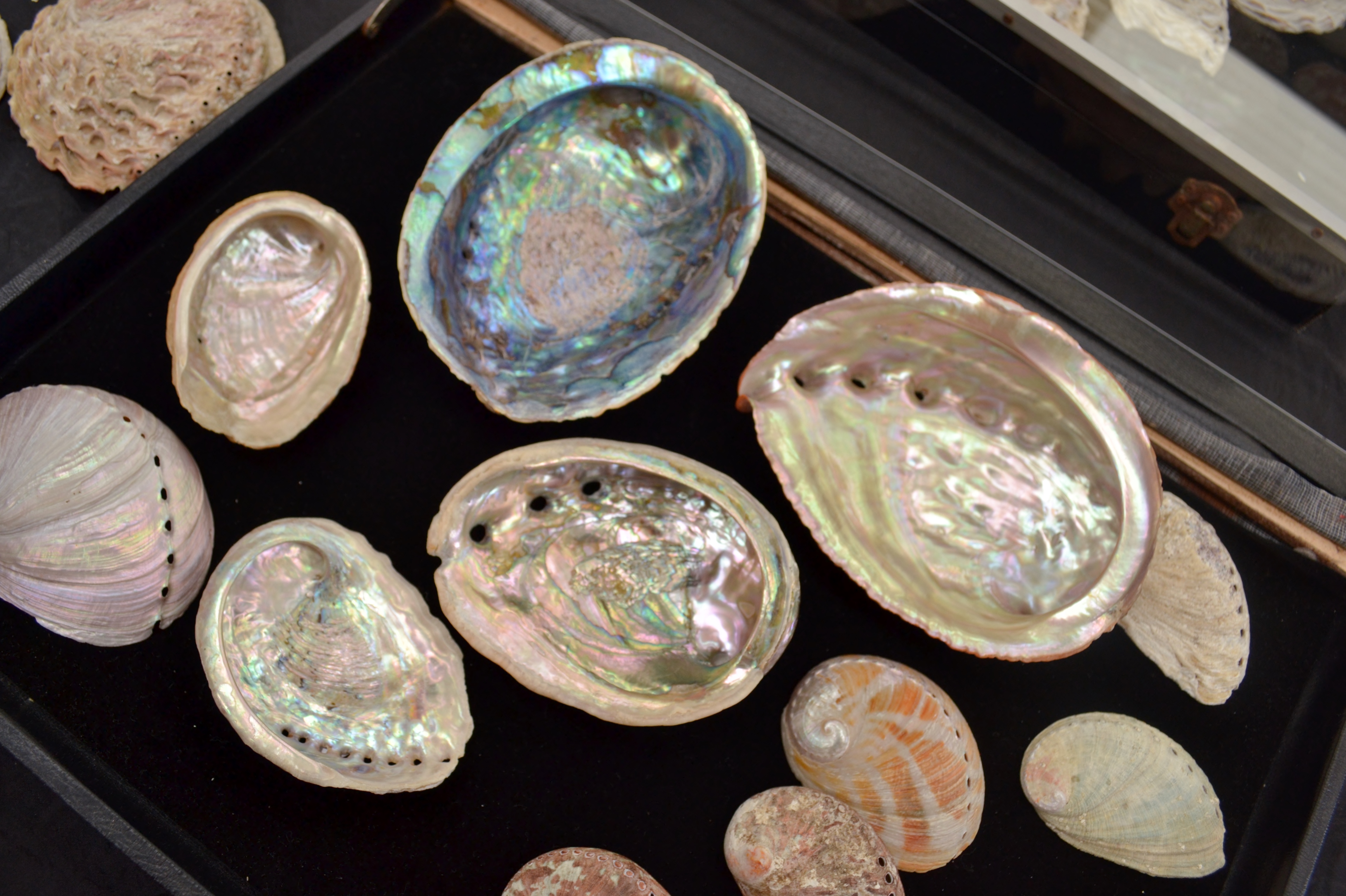
Afterwards we went for coffee and people must have thought we were Abalone crazy because it is all we seemed to talk about. It was worth the trip and I would recommend anyone to take the tour, you walk out a richer person.
For more information contact Abagold +27 (0)28 313 0253 or visit their website http://www.abagold.co.za/. You can join the tours from Monday to Friday at 11am. R50/person.



